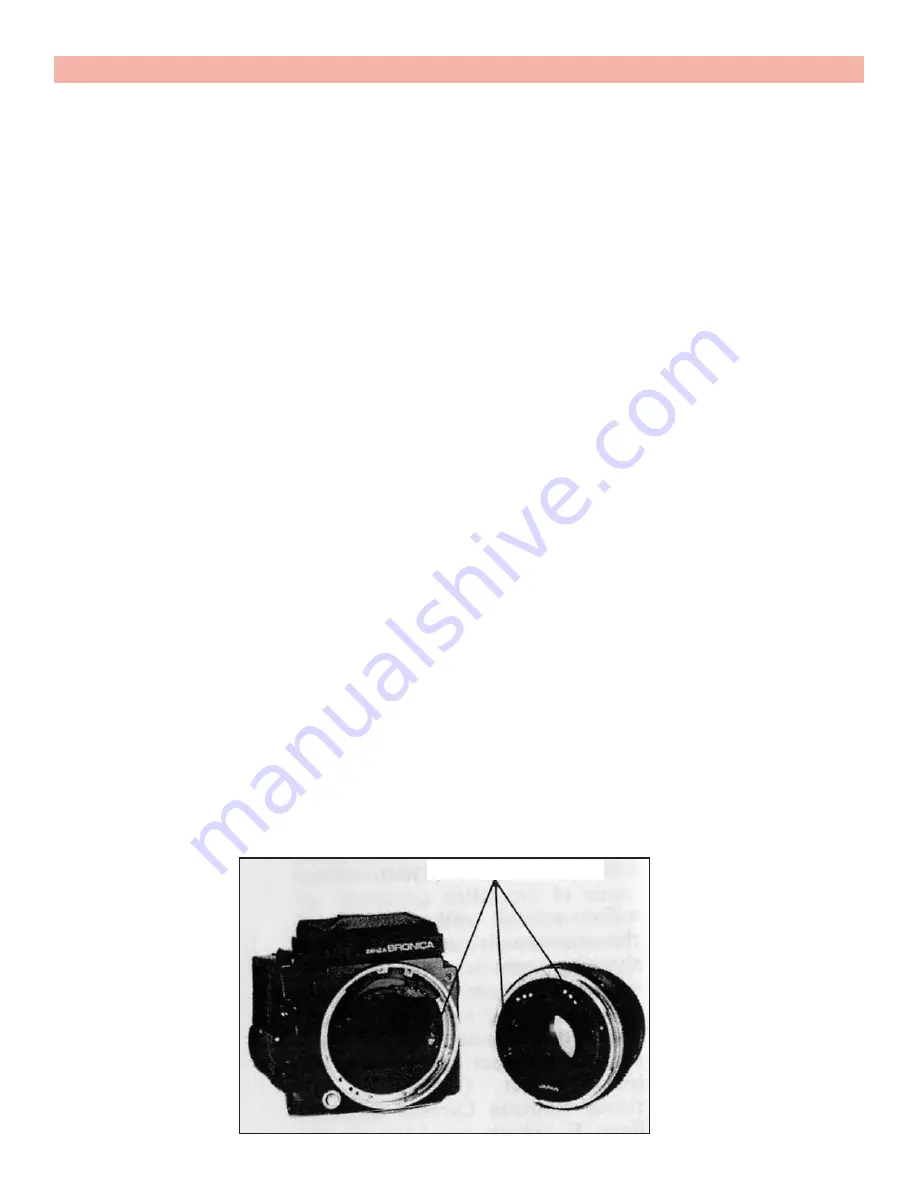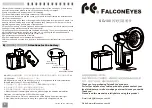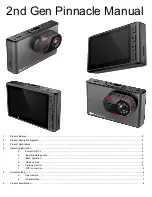
21
Always protect the lens with its cover when carrying the camera.
Clean the camera and lens carefully after using it outdoors in wet weather or at the
seashore.
Wipe the camera carefully with a well-wrung damp cloth, using fresh water, if the exterior is
affected by salty air. Then, wipe it dry with a soft, dry cloth. If necessary, send it out for a
quick inspection at an authorized repair station.
If the equipment is not being used for a long period, store everything in tin-lined containers,
with plenty of desiccant, such as silica gel. Finally, store the equipment in a cool, dry and
well-ventilated (but not windy) place.
Do not thread too strongly, when using a longer-than-standard tripod screw, as you may
damage the body.
Don't throw the battery into a fire or hit it strongly, as there is danger of it exploding.
Both camera main body and lens must be in the "cocked" condition to attach or remove the
lens. In other words, cocking the lens shutter sets the cocking pins of both lens and main
body to green-colored dot. The cocking pin of the detached lens can be set to the dot by
moving it manually. On the other hand, simply revolve the film-winding crank to set the
cocking pin of the main body mount.
When shooting with the optional AE-II Finder E, remember to readjust the film speed dial of
the finder when a film back with a different film speed is attached to the main body. Also
remember that the aperture ring cannot be set to intermediate settings with the AE-II
Finder E.
26. Care and Maintenance (con’t)
Shutter cocking pins










































